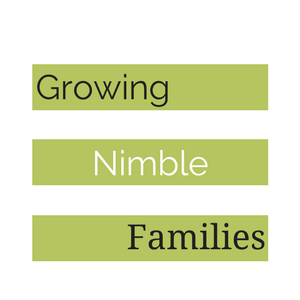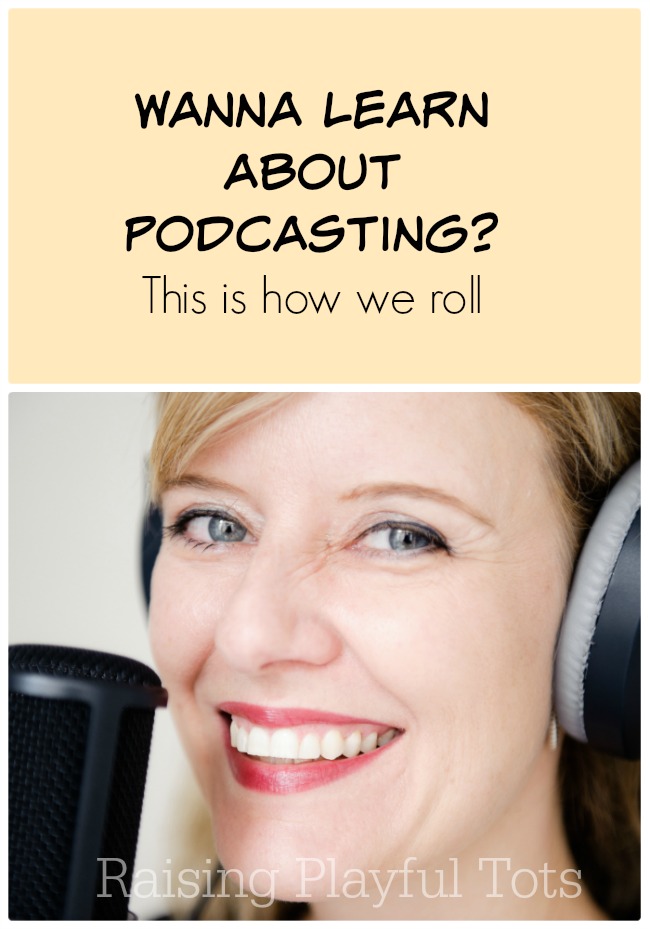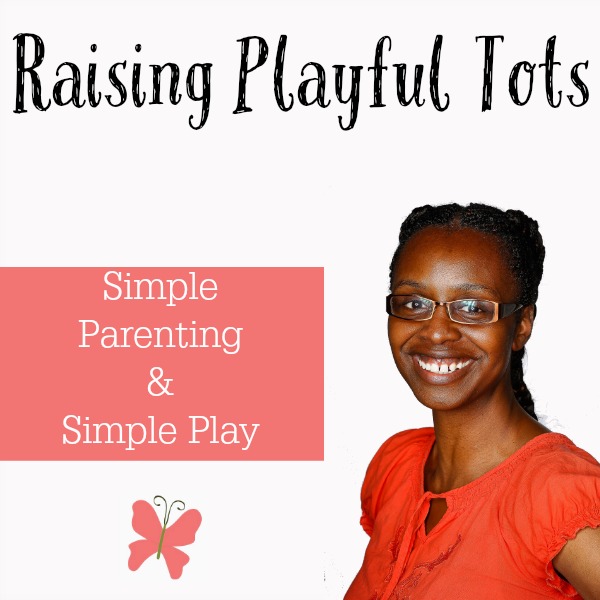I’ve been podcasting since 2009 and have over 150 shows. I love it! I often get the question- how do you start podcasting and what are your favorite resources?
Here’s a simple podcast guide of what works for me along with links to the places where you’ll find the products. Some of them are affiliate links. I hope you find it useful to start your journey.
Simple Podcast Guide
Audacity is a free recording/editing program. It is simple enough to use without having lots of extra bells and whistles.
In the beginning I used a compressor microphone which picks up every sound around it. I’d only recommend that if you have a no sound area. ( No furnace, A/C etc) The advantage is how easy it was to plug into my MAC and record. Within 10 or so shows I had upgraded to a dynamic mic.
Dynamic mic, mic stand, mixer
I went to ebay where there are lots of refurbished and used mixers and originally got a Behringer mixer for less than $100. I bought the cables that lead from the mixer to the mic and the mixer to the MAC. I asked online and took my Mixer to an electronics shop to make sure I got the right ones. It was pretty easy. I got online with a fellow podcaster to check out the levels. We had a conversation as I fiddled with the buttons to get the right sound.
I use a SHURE SM58 and a RODE mic stand to allow me to swivel the mic. Since moving from 240v to 110v I had to buy a new mixer and got a new MIX8. Works well for me. My ebay Behringer was just fine I wouldn’t have upgraded if I stayed in 240v land!
Recording over the Internet
Originally I recorded phone calls on a PC so used PAMELA but after getting a MAC I use CALL RECORDER. Call recorder gives you the option to record audio only or video. You can decide each time you call. Using the preferences in call recorder I have mine set to record automatically when I use Skype to record. This way I now don’t forget to record a conversation….which is very easy to do and frustrating when you notice after the event!
Phone line
Call recorder records but you need to call the person first. I use Skype. You can use conference lines and your own phone line. These require different recording techniques. It depends on what you want.
Originally my wireless phone didn’t give a good recording, I was also making international calls and I wanted the flexibility of recording with my computer.
Note: I’ve yet to find a good way to record mobile to mobile and the sound is good or close to what I get from Skype or a landline. Recording audio from Skype ( me) to a mobile (guest) I’ve also found the quality of the audio isn’t good on playback- so I avoid if at all possible. ( Maybe there are some other solutions out there?)
Pop Filter and mic stand
I use a pop filter like this one to help with popping ps and other sounds we have when we speak. I use the RODE stand to hold the mic. There are lots of different setups depending on which mic you choose and whether you want to sit or stand to record or what space you have.
Recording area
You’ll need a low/no noise environment or be creative in the space that you have.
Closets are a popular place for recording as the clothes dampen the sound.
- Avoid tile, wood floors and rooms with little material to dampen the sound.
- You don’t want an echo, background humming from electric goods like the fridge, other computers, the notifications of your phone.
- Disconnect or mute the phones.
There’s only so much you can do to the sound once it is recorded. Recording the purest sound you can will save you a lot of heartache later on.
There are lots of portable alternatives with people sitting in tents, blankets over the mic, PC, making up portable recording studios to adapt to their recording environments. Search for tutorials to help with your current setup. If you can set up in an area that’s low/no noise it’s much easier.
Show format
I use Skype, Call Recorder and Google Docs when I call and interview someone. Once the recording is finished I import the file into Audacity. I prefer to have each voice on its own track so I can increase/decrease the volume and take out coughs, airplanes and other unexpected noises. There is a setting in Call recorder to do this.
Many times one of you is significantly louder than the other. It’s usually an easy change if you’ve recorded each speaker on a different track. In normal animated conversations we talk over each other too. That’s an easy fix when you’re on two tracks.
In Audacity you can move the tracks, edit and add tracks, and add music.
I use Google Docs to write my notes, questions before the interview and during, if something comes up, usually links and resources and to write my notes about the interview afterwards. Quick editing notes ( plane- delete – lots of editing- waiting follow up email with resources, don’t release until X etc)
Editing
I’ve read that for every 1 minute of recorded audio it takes 4 minutes to edit. 30 minute show could be 2hours of editing ( start to published + shownotes + social media sharing)
Editing can be a bear. Editing makes the podcast sound professional and just better. There are a few things you learn to do to get a podcast flow and reduce your editing time as you go along.
Generally I edit the beginning and ends of conversations to remove the click of the mouse as I turn off and on the software. I add in my music intro, outro and any transition music. ( Royalty Free music never music from your collection) Edit for extended long pauses, coughs, too many ums and ahs.
Some ums and ahs, false starts are what make a conversation sound like a conversation. Again you find your level. Many podcasters leave all of those in. Some take them all out. It really depends on your guest/you and the type of show you’re doing.
In the end in Audacity you will have multiple tracks that you can slide to the right position and be able to edit each one. There are lots of other settings on Audacity you can use that will make you recording better. Some of my favourite buttons are: amplify, fade in, fade out, silence.
Music
There are a lot of options for royalty-free music. In my opinion your best bet is to buy. Look out for license restrictions and what you can use the music for. As a podcaster you might want intro, outro, transition music, seasonal music and sound effects music. You don’t have to have music. Copyright is a big deal don’t use the wrong music. It will get you into trouble.
https://musicbakery.com/ https://audiojungle.net/ Just search for Royality Free music
Save options
WAV files are huge but you can edit these.
MP3 files are compresses files so smaller. These are the ones you share.
Audacity saves files in their special format. I save also into WAV and Mp3.
The original Audacity file is in the multiple track stage. The WAV file is in one single track and so is the Mp3. It is easy to save in Audacity. I prefer to now compress the file in another program .
Storing files
WAV files are big so I store them in two places; portable hard drive and computer. Nothing is worse than losing a recording after you’ve spent time with editing.
Tagging your file
I use Mp3 tag through my PC. I drag and drop my finished mp3 file into this program and add all the titles, names and picture. This picture is what the audience will see on their device and the title of the show/ episode number etc. There are lots of other options for an Mp3 tagger.
Hosting
Don’t upload to your website or blog. Use a podcast hosting service. There are many different types. I use Libsyn.
Blubry is also equally good. Both are popular services for podcasters. I was initially with another service but when my podcast had a popular show I would exceed bandwidth and pay on top of the regular fee. This figure got out of hand quickly and you never knew when that bump was coming. It’s a different model for the ones above.
Upload following the instructions and publish. You’ll get a link that you can use on your website to show on your podcast episode.
Website
Download the PowerPress plugin and configure the settings.
Open a new post and write your show notes. Since your audience will be listening on the go provide a place for them to get the links, resources you talk about.
In your WordPress dashboard there will be a new area below your SEO, layout settings etc for adding your podcast link. Save and publishing the post, just like a blog post launches your latest episode. ( To your feed and to iTunes if configured!)
Where to send it
Publish your podcast in iTunes and Stitcher ( for mobile phones). Research all the other areas. ( like soundcloud) There are many other places. Over time you’ll see which ones are effective.
Both of these options are a process but worth it. Once configured as you drop your link from your podcast host into your WordPress post your show will automatically appear in iTunes and Stitcher. ( within the hour)
Publicizing
Have 3-5 shows recorded and published before publicizing. The first few shows especially if DIY is a good place to iron out your flow and the kinks that come with starting a new thing. When you share your new baby you want your audience to have a good view of a few episodes.
Your first episode often is not like any other as probably it sets the scene, might talk about why you’re podcasting, what you’re going to share or may jump right in. You may have an interview or not compared to other shows.
Having a few shows helps your audience become your new fans just like watching a NETFLIX series you want to bing watch your new favorite show. You’re interested and hooked.
Having one show we don’t know if you’re going to come back. We’re not sure if we like you. We may not come back. Get us hooked and excited. You’ll be adapting as you find your new level. Lining up guests and finding a regular recording schedule so each episode comes out regularly.
My flow
Research a show > Record the show > edit in two different editing programs > tag >upload to podcast hosting > Add link to new WordPress post> Write show notes > publish> Share
Where to go for help and ongoing education?
There’s always something new, a shortcut, when you get stuck in any new process. Plug in with other podcasters and get answers fast and/or pointed in the right direction to a tutorial, post, video or consult.
I also buy tutorials, attend webinars, listen to shows and join groups to sharpen my skills about podcasting.
Facebook groups I would recommend
ShePodcasts A safe place for women ONLY who podcast or who are setting up a show currently to ask questions, provide support, share resources, wins, and whatever else they like. This group is meant to support podcasters and future podcasters ONLY. If you are not a podcaster, this is not the right group for you.
Tutorials I would recommend
Podcast Answer Man free video tutorial
The 27 Steps To Get Your Podcast Into iTunes
Is Soundcloud A Legitimate Option for Podcasting? 8 Podcast Media Hosting Companies Compared
Podcasts I would recommend listening to about Podcasting
If you’ve found some useful information in this podcast guide to get you started I’m super excited. Like anything podcasting is a process, rewarding and hard work. It’s totally worth it!
There’s not only one way to podcast and you’ll come across many differing opinions. Just like blogging you find your groove.
Start slow and build up unless you’re sure. Equipment is expensive and ebay and basements are littered with good intentions. 🙂
Just start! 🙂
I’d love it if you consider doing any of these
- subscribe to my show iTunes Stitcher
- rate or review my podcast iTunes Stitcher
- share an episode to your favorite social media place.
Let me know how you get on!
Melitsa












